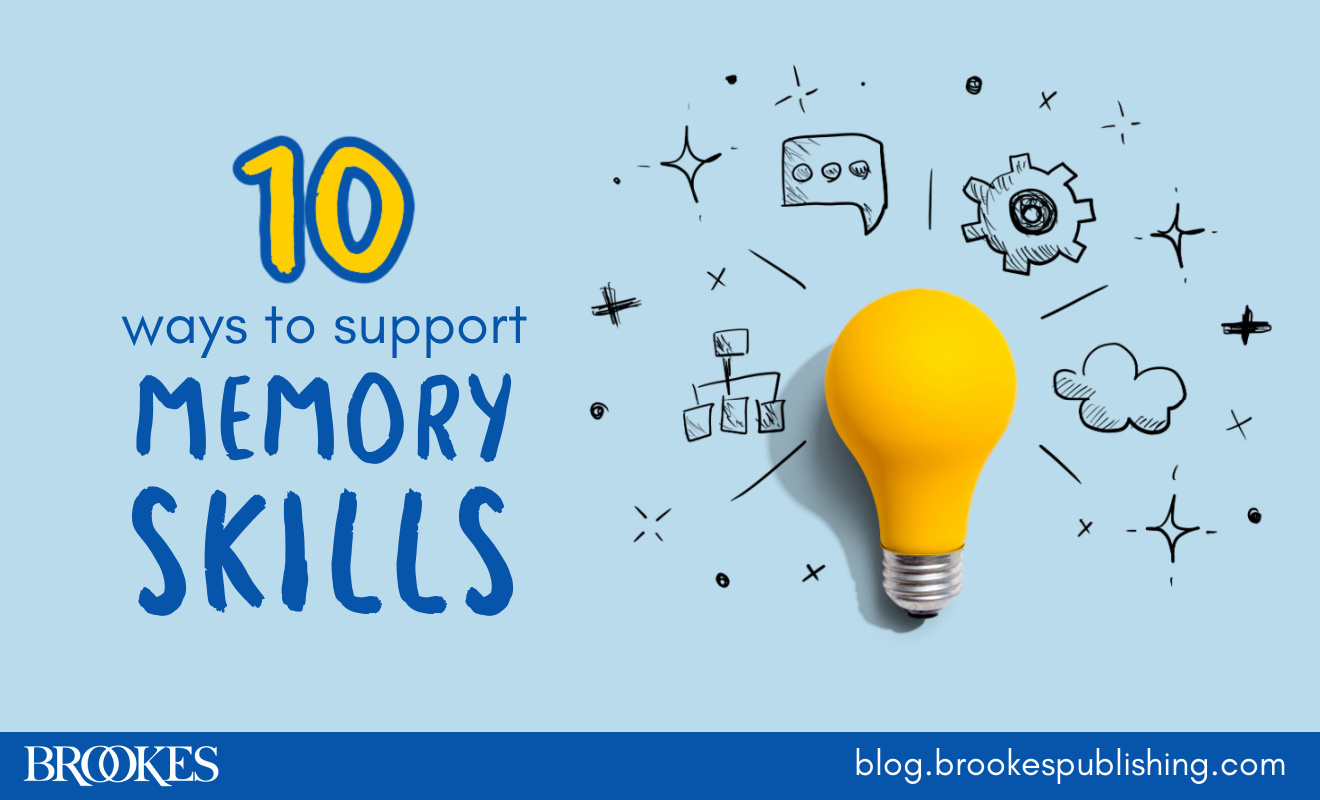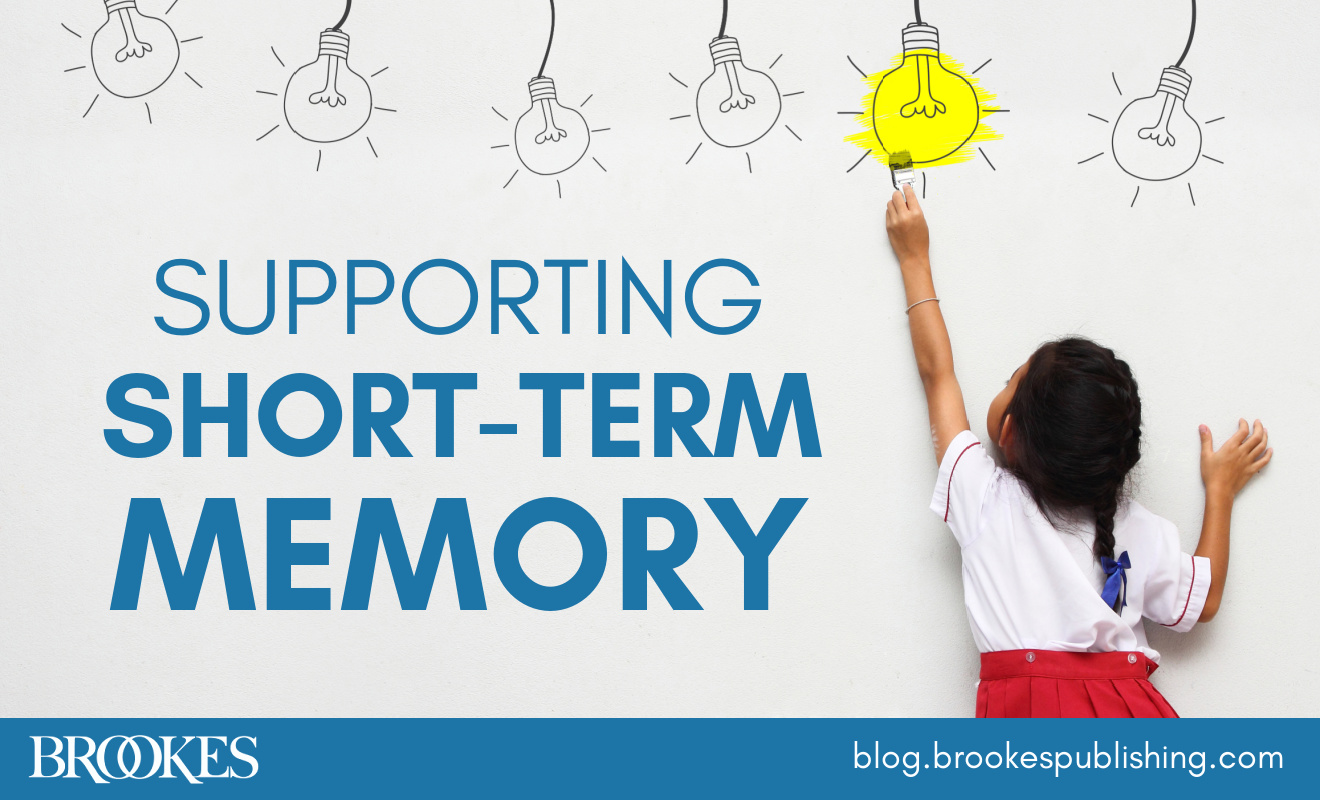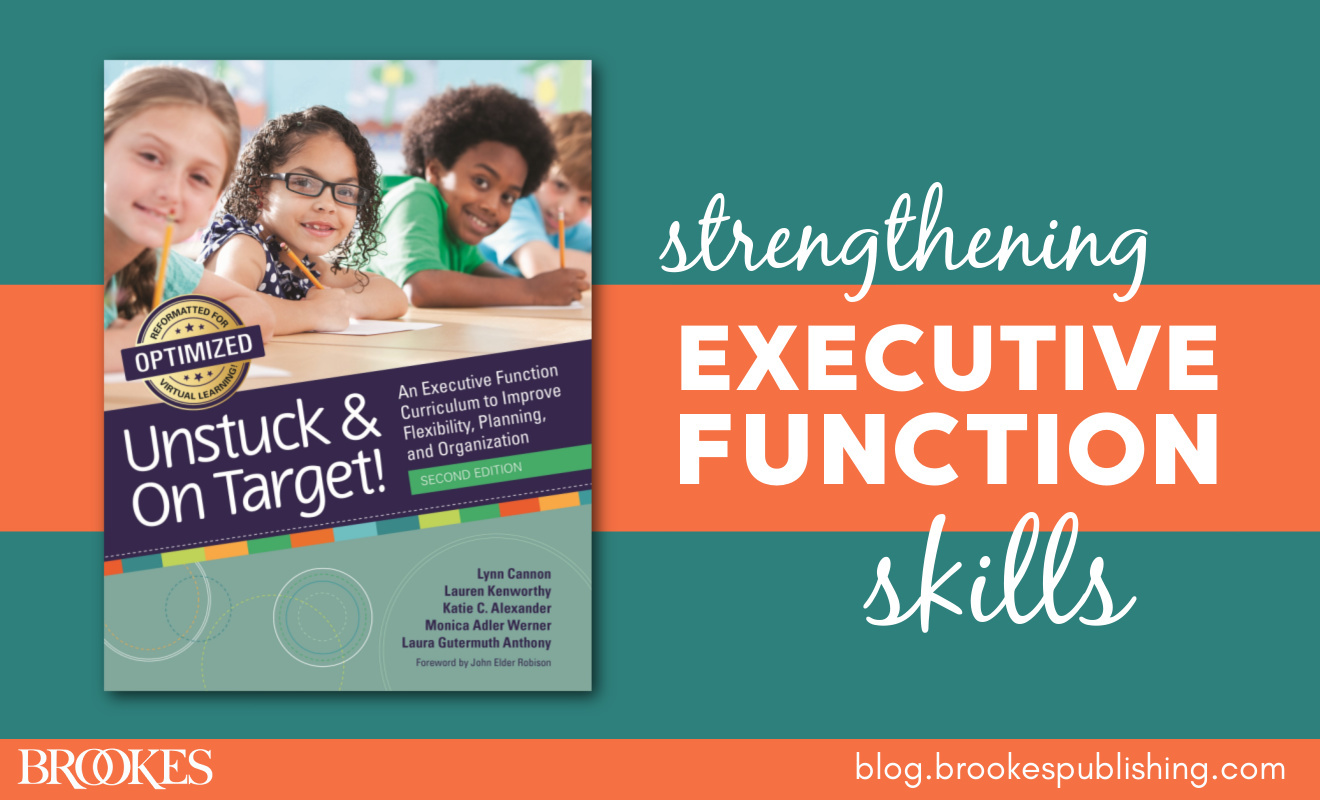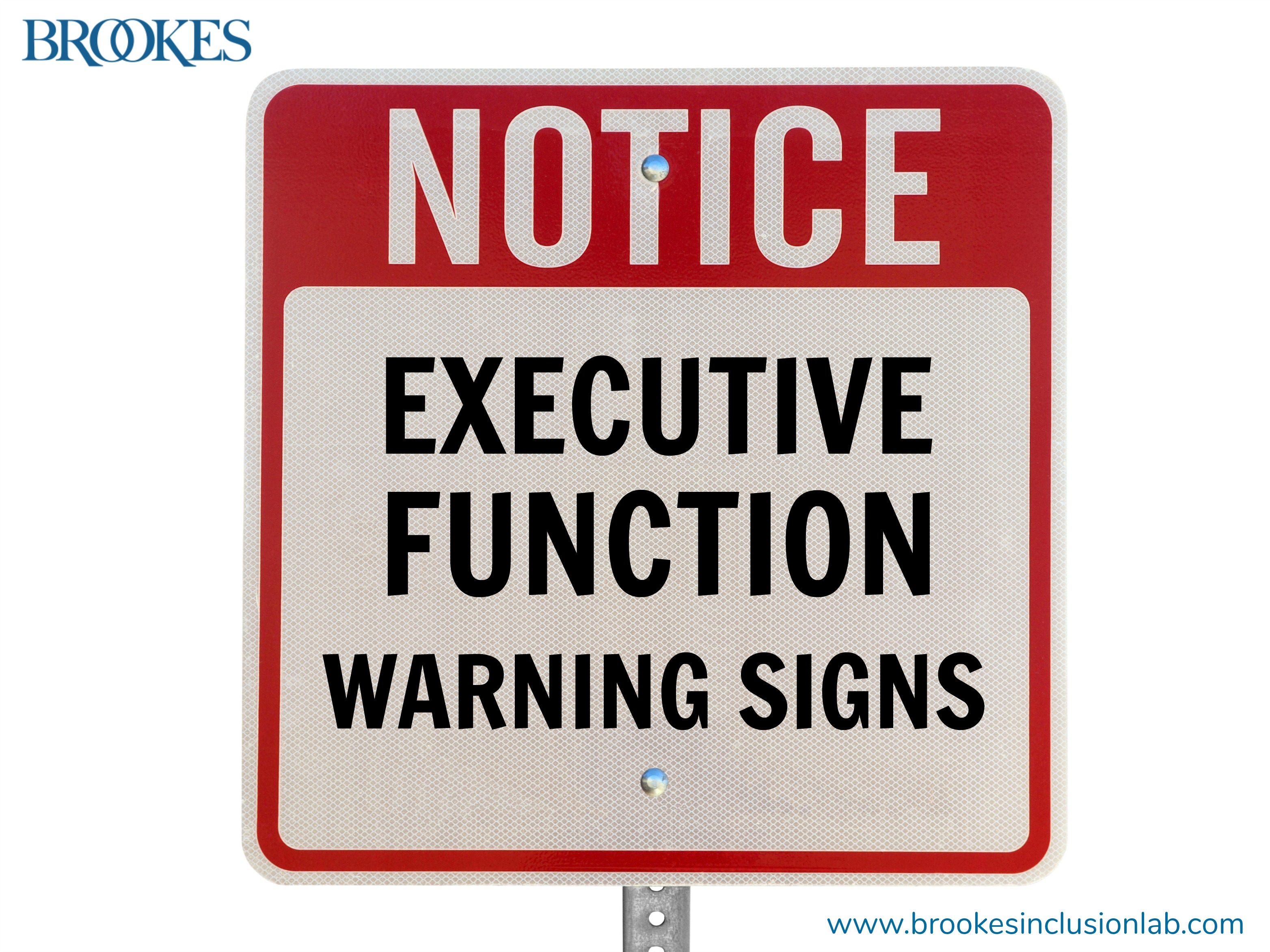10 Tips for Supporting Students’ Memory Skills
October 24, 2023
Strong memory skills are foundational for school success. If you have students who struggle with memory and other executive function skills, today’s post is for you! Adapted from five practical Brookes resources, here are 10 easy ways to support learners of all ages who need extra help with memory skills:
Provide directions strategically. Give clear, written, and numbered directions. It’s often more effective to provide directions in multimodality formats: written, visual, recorded, rhythmic, tactile. Keep your directions simple and use gestures to increase memory. Ask learners to paraphrase directions to check for understanding and improve their recall.
Use visuals for support. Provide visual checklists for students and reinforce key concepts with posters, picture cues, diagrams, mind maps, word webs, and graphic organizers. Color-code new words when teaching (e.g., nouns are green, verbs are red). Develop photo cards of routines and appropriate behaviors and display them for all to see. Teach students to visualize information to remember key points of lessons.
Incorporate song and dance. Reinforce academic concepts with movements that illustrate concepts. Teach and use rhymes, rhythms, and raps to help new information stick.
Encourage peer collaboration. Have students work with peers to recite, rehearse, and review key information to remember. Teach students how to do “mindstreaming”—brief sharing with peers of what they have learned so far.
Minimize demands on memory. Deliver instruction in ways that minimize the amount of information (e.g., directions, content) learners with working memory problems must hold at any one time on their smallish cognitive desktops. “Download” this information into their immediate instructional environments instead, via fact walls, bulletin boards, or graphic organizers that clearly reflect the sequence of ideas.
Make use of mnemonic devices, such as acronyms, acrostics, and keyword mnemonics. For example, say your students need to learn the words for two different parts of the brain: cerebrum and cerebellum. Since the cerebrum is larger than the cerebellum, the keyword for cerebrum could be drum (a large instrument) and the keyword for cerebellum could be bell (a small instrument).




Write a Comment
Your email address will not be published. Required fields are marked *
Post a Comment